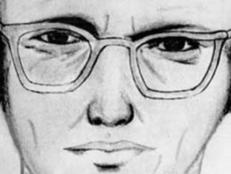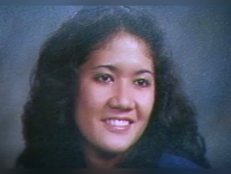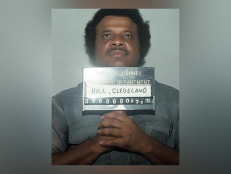The True Story Of The Drag Performer With A Mummy In Her Closet Portrayed On 'Pose'
Inside the mystery of a wrapped-up body reportedly found among the ball gowns of Dorian Corey, the breakout star of "Paris Is Burning."
![1165809013 Dorian Corey in 1988 [Catherine McGann/Getty Images]](http://investigationdiscovery.sndimg.com/content/dam/images/investigationdiscovery/crimefeed/legacy/2019/08/Getty-Dorian-Corey-1165809013.jpg.rend.hgtvcom.616.411.suffix/1567088487245.jpeg)
Dorian Corey in 1988 [Catherine McGann/Getty Images]
In 1990, the acclaimed documentary "Paris Is Burning" became an international hit by illuminating audiences to the "drag ball culture" of New York City. The film immortalized a particular time and place in LGBTQ history and made cult figures of some of its remarkable participants.
Dorian Corey makes a lasting impression among the "Paris Is Burning" drag stars. As a performer, designer, and "house mother" to other ball participants, Corey loomed large over both the movement and the movie. In the film, Corey's wise, witty, affably world-weary observations won her legions of new admirers.
Off-camera, though, Corey reportedly may have harbored at least one tremendously dark secret.
Three years after "Paris Is Burning" premiered, Dorian Corey died due to complications related to AIDS. She was 56 years old.
In October 1993, two months after Corey passed, fellow drag performer Lois Taylor reportedly stopped by her old friend's Harlem apartment. She said she brought along two men who were hoping to purchase dresses and fabrics from Corey's collection. They allegedly found more than just garments, however.
According to numerous reports, Taylor and the men opened a trunk inside a closet and came across a lumpy, plaid garment bag. One of the men reportedly cut the bag open, and a foul odor instantly overtook them. Taylor said she immediately called 911.
Investigators reported discovering a partially mummified human body hidden inside the bag's many layers of wrapping. The semi-decomposed remains were reportedly in a fetal position. The body was clad only in boxer shorts, and the victim had a bullet wound to the head, police said.
Fingerprints were reportedly used to identify the deceased as Robert "Bobby" Worley, a man born on December 18, 1938.
The New York City Police Department alleged Worley had served three years behind bars for a rape and assault in 1963. Authorities said no one they talked to, including members of Worley's estranged family, had heard from him since the late-1960s.
Based on the anecdotal evidence and the discovery of beer can pull-tabs, which had not been in use since the 1970s, found among the body's wrapping, some investigators theorized Worley was killed at least 15 — and perhaps as many as 25 — years earlier.
With Corey and Worley both deceased and many of their past associates dead, investigators had few leads to follow.
According to a 1994 New York Magazine cover story, rumors circulated that a quarrel between Corey and Worley may have turned deadly.
Corey's friend Jessie Torres allegedly told a reporter Dorian did own "a little .22."
Adding to the possibilities, the area where Corey lived was reportedly notorious as a hotbed of burglaries. Another theory proposes, then, that Corey may have shot Worley in self-defense after he broke into her apartment. One reported rumor claims a note found with the body stated, "This poor man broke into my home and was trying to rob me."
According to the New York magazine story, Fred Worley, the dead man's brother, said his brother telephoned him while drunk sometime around 1968 and rambled on about someone named "Dorian."
The article also quoted Taylor as claiming Corey wrote a third-person story shortly before she died, in which a transgender woman kills her boyfriend after a fight about gender confirmation surgery. Taylor further alleged the story contained autobiographical details such as mentioning the Pearl Box Revue, a drag show Corey performed in during the 1960s.
To date, the mystery of the mummy in the drag queen's closet remains unsolved. Amateur sleuths and other observers still actively dig for clues both online and off. The case even inspired a recent episode of the TV series "Pose," the season two, episode three show entitled “Mummy’s the Word.”








![Biggie Smalls [left] and Tupac Shakur [right] were the best rappers of the East and West Coast during the '90s -- until they were both shot and killed within six months of one another.](http://investigationdiscovery.sndimg.com/content/dam/images/investigationdiscovery/crimefeed/legacy/2022/08/who-killed-biggie-and-tupac-warner-bros-discovery.png.rend.hgtvcom.231.174.suffix/1660229137123.png)
